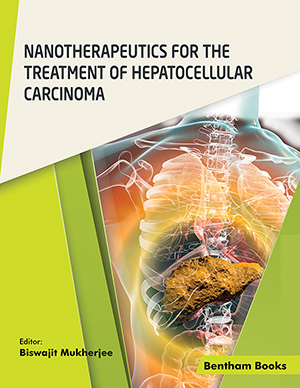Abstract
Hepatocellular carcinoma (HCC) is a major cancer type worldwide. The
major challenge with HCC is that it is usually detected at an advanced stage. After the
launch of the first drug Sorafenib against HCC in 2007, several other small molecules
and monoclonal antibody-based drugs have been launched to fight against HCC.
However, the survival rate in HCC is still very poor. This indicates that there is still a
necessity for more effective therapy or to increase the efficacy of the existing therapy.
Nanoformulation approach refers to such formulation approaches where the particle
size of individual particles or vesicles in a formulation range between 1-1000 nm. The
individual particle or vesicle could be either single drug particles or
nanosphere/nanocapsules having drug entrapped in polymer/lipid matrix or drug
connected with metal or metal oxide core. The idea of using nanoformulations for drug
targeting first came around the 1950s. Since then, countless research groups across the
world have advanced the field to the extent that several products based on the
nanoformulation approach have been launched on the market. Besides targeting,
nanoparticles can also help circumvent biopharmaceutical challenges of drugs, such as
dissolution, limited oral bioavailability issue, or formulating “hard to solubilize” types
of molecules for parenteral formulation. This chapter will review different
nanoformulation approaches that can be potentially applied for HCC therapy, their
manufacturing process, and therapeutic benefits. We will review the application of
different nanoformulation approaches for HCC specific therapeutic agents.
Keywords: Liposome, Liquid crystalline nanoparticles (LCN), Micelle, Nano lipid carrier (NLC), Nanocrystal, Nanosuspension, Polymeric nanoparticles, Solid lipid nanoparticle (SLN), Targeted therapy.






















